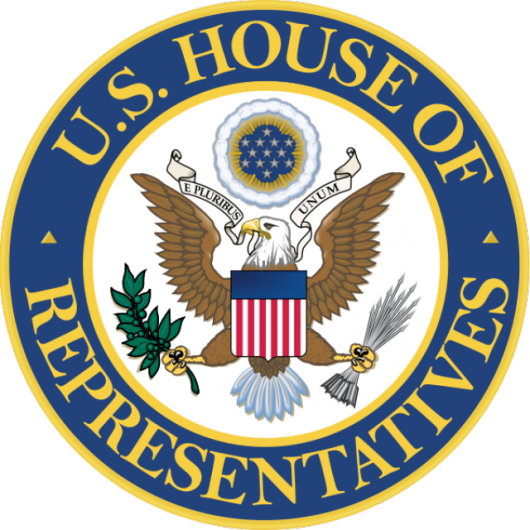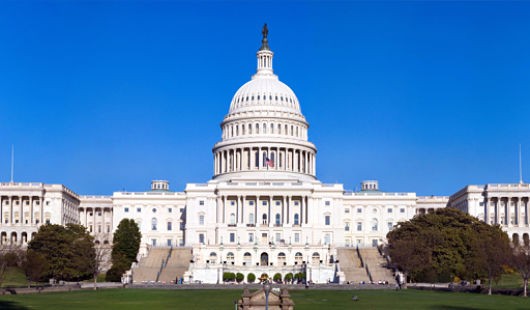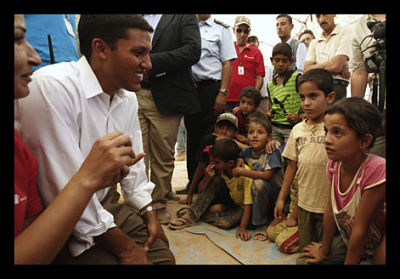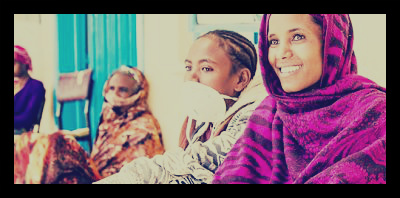
Since 1787, the U.S. Senate has existed to bring representation to individual states and a minority opinion to the United States of America. Senators are an integral part of the news cycle. They are a voice for the electorate. They are composers of history. But what is a senator?
America is a country of democracy and relative stability in spite of bipartisanship. Surrounded by a world in which many are starving and living in poverty, however, it is important to look at the basics. Doing so gives Americans the ability to make a difference to those less fortunate. This is made possible by having a population of 323 million speak through elected representatives.
Qualifications of a U.S. Senator
The qualifications of a U.S. senator are simple. A senator must be at least 30 years old, must have been a U.S. citizen for nine years and must be a resident of the state which he or she is elected to represent. Their terms last for six years and there is no limit to the number of terms, as long as it is the will of the population in the senator’s state. Each state has two elected senators, who exist to bring individual voice and to be a part of the vital checks-and-balances system. This goes some of the way to answering the question ‘what is a senator?’.
Responsibilities of a Senator
The most important job of a U.S. senator is to be the voice of his or her constituents. As the accountable party to the state, a U.S. senator is responsible for voting on legislation that is to the benefit of the state as a whole. It also means that senators are responsible for taking phone calls, reading letters and meeting with his or her constituents.
In addition to their responsibility to the state, senators also serve on committees. Committees exist to examine major sectors of American life, including energy, health and the U.S. budget. It is a Senator’s responsibility to meet with lobbyists and determine amendments to existing legislation through the committee on which they serve.
U.S. senators also introduce and vote on legislation. Once a bill is introduced, it must be examined by the Senate. If it passes muster, the bill will then go to the House of Representatives (or vice versa). If the bill passes both houses of Congress, it will then go to the President of the United States to become a law.
What is a Senator?
So, what is a senator? A senator is someone that individuals elect to ensure that the country is going in a direction in which they want it to go. A senator is a voice for the state; an elected official responsible for ensuring the protection of human rights.
Unfortunately, much of the world does not have that same representation. The U.S has the power to create change and it starts with individual voices.
It is essential to exercise the right to vote and voice opinions through elected officials. Once senators are in office, citizens can write letters, email or call them to hold them accountable. They can make sure they are carrying out the state’s interest as well as using their position for good in the world.
– Eric Paulsen
Photo: Flickr


 HIV/AIDS is embedded in social and economic inequity and there exists a critical connection between the disease and poverty. There is strong evidence that the disease affects individuals of lower socioeconomic status and impoverished nations
HIV/AIDS is embedded in social and economic inequity and there exists a critical connection between the disease and poverty. There is strong evidence that the disease affects individuals of lower socioeconomic status and impoverished nations 
 In 2000, the United States Congress approved legislation entitled the
In 2000, the United States Congress approved legislation entitled the 


